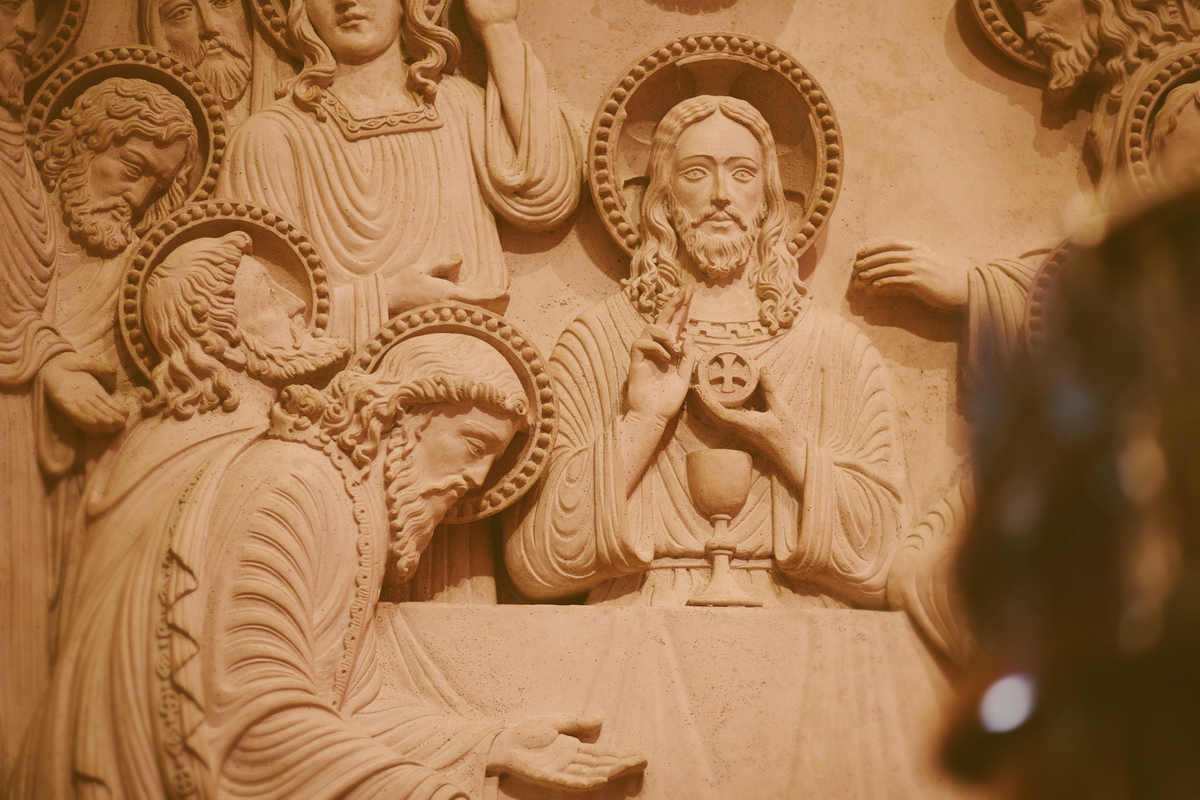There is a question on the lips of every clergy person that I meet. It is urgent, but it is almost never asked: How can I survive?
Growing demographic and lifestyle diversity is putting increasing pressure on clergy. Many parishioners, boards, and personnel committees don’t realize it or feel too helpless to do anything about it. Most clergy today have been raised in congregations and trained in seminaries to be caregivers, facilitators, and preachers (in order of priority). That order of priority was the reverse in previous decades. Caregiving was mainly the responsibility of laity and administration was supported by lots of resources, so clergy concentrated on teaching.
That change in priorities opened the door to a whole new world of stress for clergy. Three things happened.
First..
Communities and neighborhoods across America are no longer homogeneous populations. They aren’t sharing similar demographic traits and social expectations. Society continues to fragment, as families fracture, relationships change, households relocate, and individuals live longer; careers shift, the gap between rich and poor widens, health care becomes inadequate, and more. Different lifestyle segments expect different ministry priorities. More significantly, they expect more varied expertise and constant attention from clergy. It is now impossible to satisfy everyone’s expectations all of the time, even as the demands to meet individual expectations grows. Harmony is now a figment of imagination and the nostalgia of long-time members.
Second…
As baby boomers have aged their self-centeredness has grown. They have always been known as the “me” generation. But aging has generally made them more selfish rather than more generous. Additionally, they demand attention and insist on their own way. They often couch their requests in claims to be “defending their parents and grandparents.” The truth is that their parents and grandparents are a lot more flexible and adaptable than they are (permissiveness being one reason why boomers got to be as selfish as they are). These boomers often dominate the decision-making of church boards. As churches decline, their default is self-preservation. As budget cuts increase, they are more likely to sacrifice staff salaries and discontinue continuing education benefits in order to maintain property and fund traditional programs.
Third…
Urbanization is unrelenting. Small towns are being pressured from within and beyond.
Within the small town, new technologies are encouraging new ideas among young and old. Church members are importing beliefs, values, tactics, and symbols that are not indigenous to the historic population. Main streets are struggling economically because local retailers can’t compete with big-box stores and internet shopping; and historic homes are being divided into low-income apartments for older, poorer adults forced from their homes to get closer to centralized health care and social services. Churches that were once physically and spiritually at the center of community life are losing both affluence and influence.
Beyond the small town, new housing developments and large industries are springing up, drawing younger and very different lifestyle segments into the county or township. Some try to connect with the established local church, but the lifestyle segments are so incompatible that tensions flare over worship, hospitality, education, renovation, and more. It is possible to use demographic research to anticipate what communities will be under the most stress in the next several years.
Clergy (along with public school teachers, hospital administrators, emergency services, and town planners) are all under enormous stress. Among clergy, this is creating more physical and mental health problems, and marriage and family crises. More clergy are retiring early or changing careers. And fewer students are opting for careers in ministry.
How can I survive?
There is lots of good advice out there for clergy wellbeing and stress management. Build cross-sector support groups, manage diet and exercise, emphasize personal spiritual disciplines, take time off, and so on. Underneath this, however, is the opportunity to revisit your original sense of calling. The MissionImpact Mosaic Application Guide indicates eight distinct kinds of spiritual leadership in America today, and my book Spiritual Leadership describes them in some detail. There are three traditionally Christendom clergy roles (caregiver, enabler, CEO); post-Christendom clergy roles (discipler and guru); and emerging extreme roles (visionary, mentor, and pilgrim).
Clergy may or may not be conscious of it, but they are transitioning, melding, and living into new and often unfamiliar roles of spiritual leadership. God is still in it, but the tactics are changing. And in order to adapt to new tactics, clergy identify is being reshaped. In other words, negative stress is also positive stress. Regardless of what people want from you, your priority is to discover what God expects of you to live in the image of Christ in the changing world. If you can be confident in your new identity you can cope with functional change.
So instead of asking “How can I survive?”, clergy should be asking “Who does God want me to become?”
I welcome any and all questions about using MissionInsite for ministry planning and leadership development. You can reach me at tbandy@acst.com
Read More:
HOW DO WE REACH THE LIFESTYLE SEGMENT CALLED DIGITAL DEPENDENTS?




